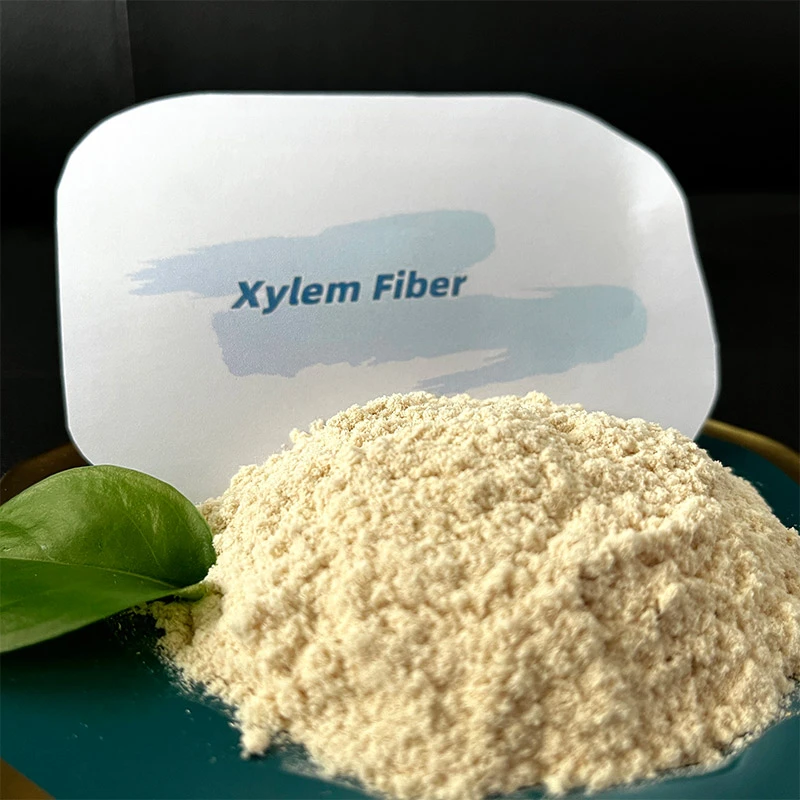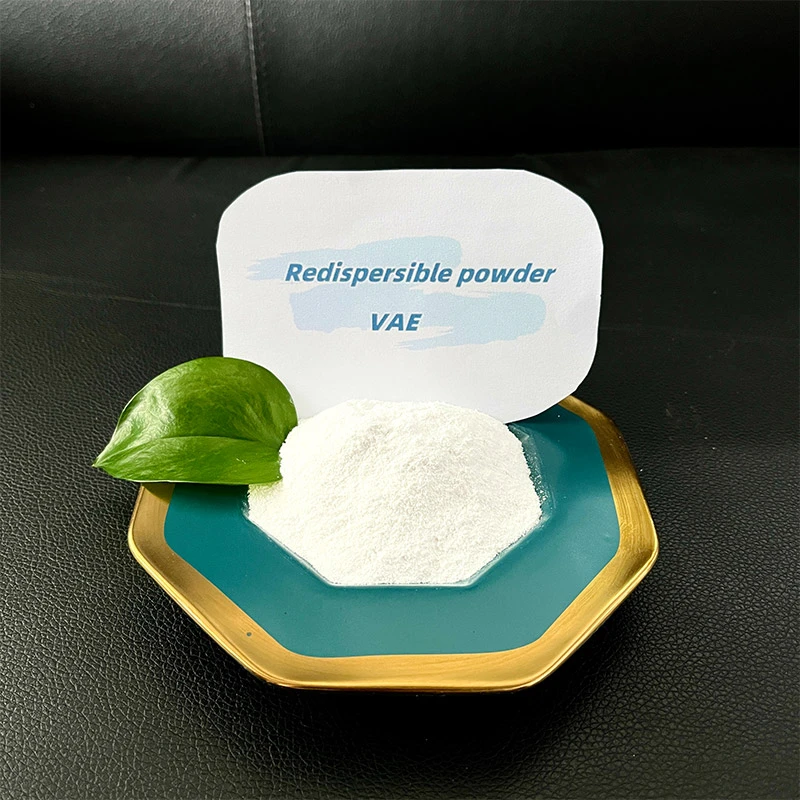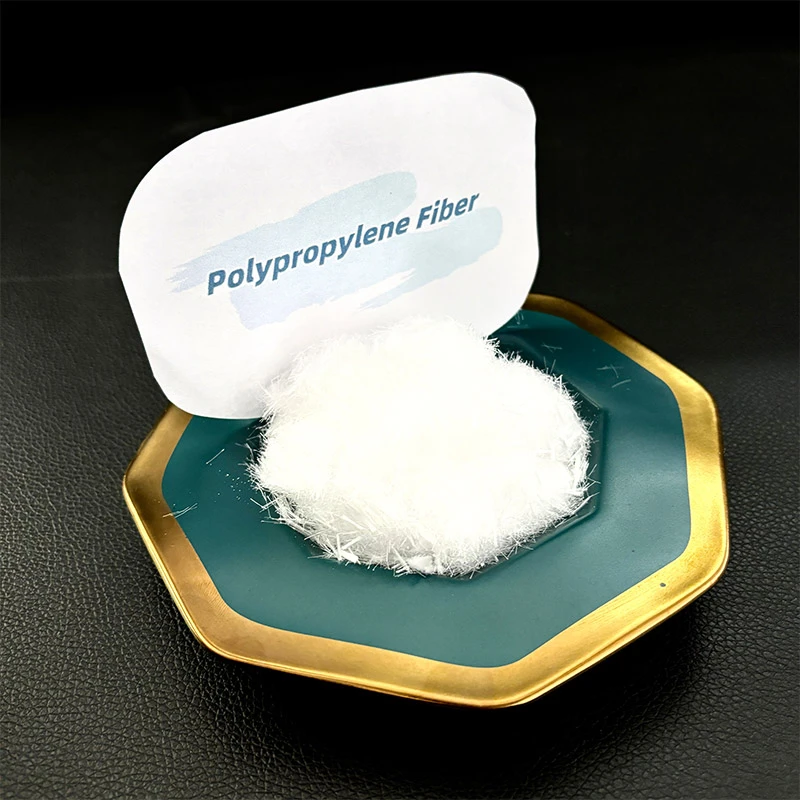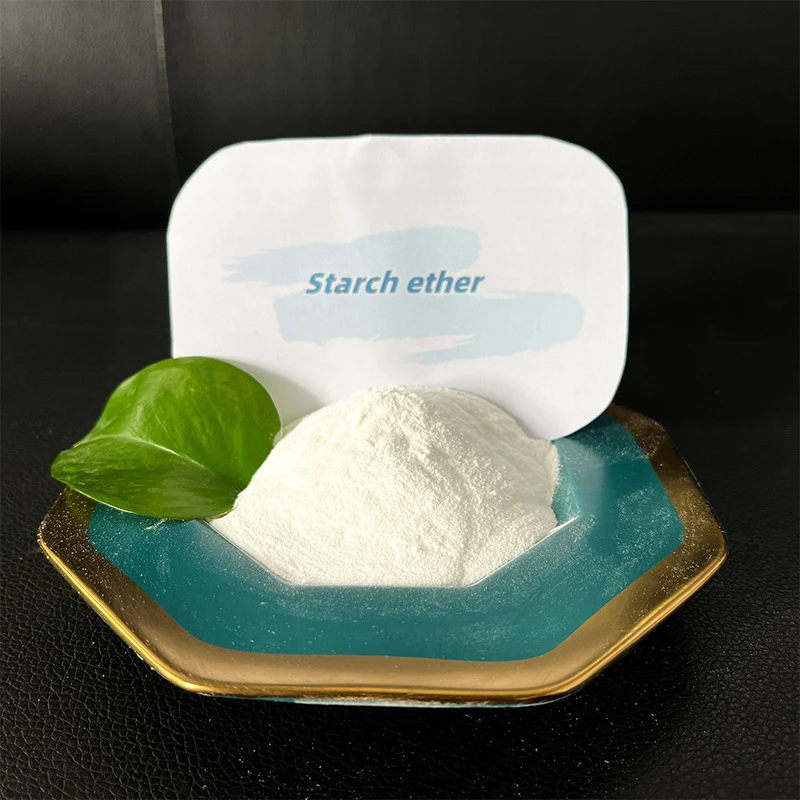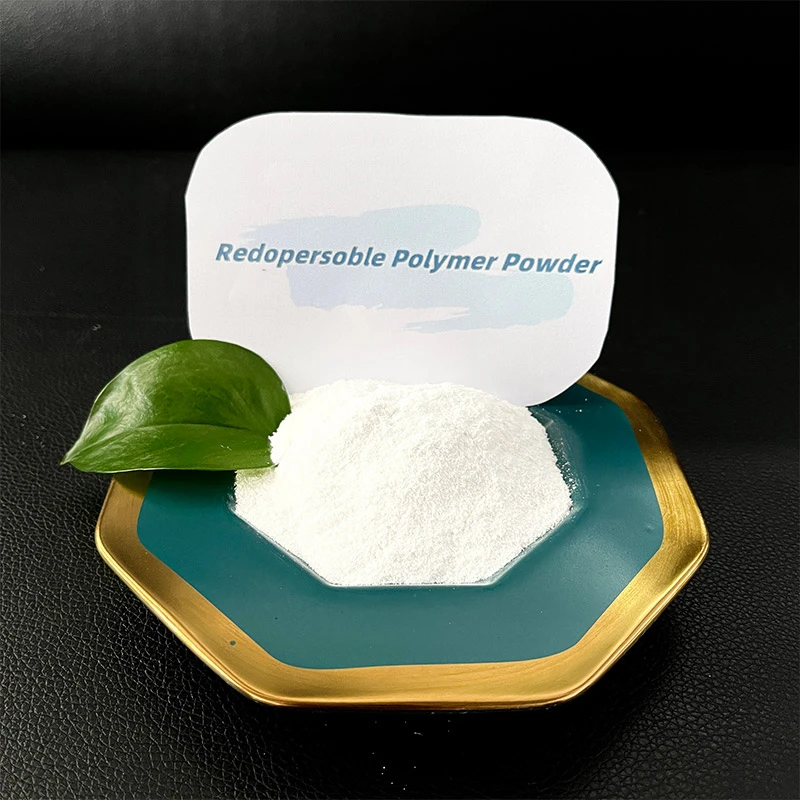
-

Ajouter : HeBei ShengShi HongBang Cellulose Technology CO.,LTD.
-

E-mail
13180486930@163.com -

CONTACTEZ-NOUS
+86 13180486930

Eco-Friendly Redispersible Polymer Powder
In the urgent pursuit of greener building practices, poudre de polymère redispersible (RPP) emerges as a transformative additive, redefining the environmental footprint of modern construction materials. Produced through energy-efficient spray-drying of polymer emulsions—typically polyvinyl acetate powder or acrylic copolymers—these powders form protective, dust-free particles that reactivate instantly upon water contact. Unlike solvent-based alternatives, RPP eliminates volatile organic compound (VOC) emissions while enhancing mortar performance, bridging the gap between ecological responsibility and structural excellence. Its integration into cementitious systems reduces raw material consumption, minimizes waste, and extends building lifespans, positioning it as a cornerstone of circular construction economies.This article may help you understand the relevant content.
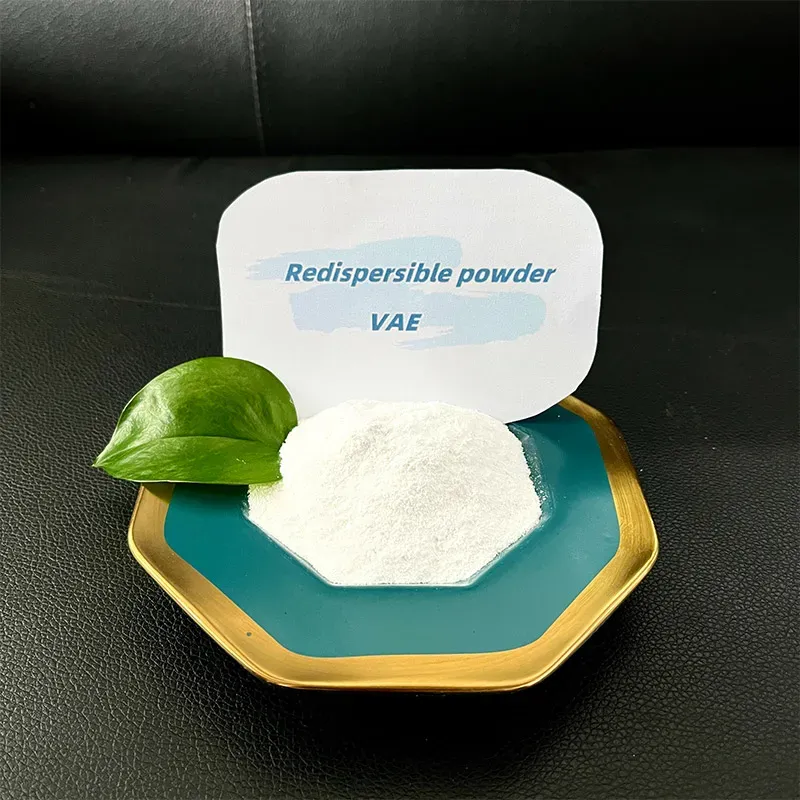
Poudre de polymère redispersible: The Engine of Low-Carbon Mortars
Poudre de polymère redispersable acts as a molecular glue within dry-mix formulations. When water is added, the powder redisperses into a cohesive film that binds cement particles and aggregates, dramatically improving adhesion, flexibility, and water resistance. Crucially, its production via spray-drying consumes less energy than liquid polymer emulsions due to eliminated transportation weight and refrigeration needs. Leading eco-formulations incorporate recycled polyvinyl acetate powder from post-industrial PVA waste, reducing virgin plastic demand. In tile adhesives, just rpoudre de polymère édispersible content replaces 15% cement volume, slashing carbon emissions per ton of mortar. Furthermore, rpoudre de polymère édispersible-modified mortars exhibit less shrinkage, preventing cracks that compromise thermal insulation—effectively lowering building energy loads over decades of use.
Polyvinyl Acetate Powder: The Biodegradable Backbone
Polyvinyl acetate powder (PVA-P), a dominant rpoudre de polymère édispersible variant, offers unique sustainability advantages. Derived from acetic acid and ethylene—increasingly sourced from bio-based feedstocks—it demonstrates partial biodegradability in landfill conditions, unlike purely synthetic polymers. When used in plasters or renders, PVA-P’s polar molecular structure enhances hydrogen bonding with cellulose fibers (for example: recycled paper waste), creating lightweight composites with 40% lower embodied carbon than traditional gypsum boards. Its alkali resistance prevents degradation in cement matrices, ensuring long-term durability. Innovations like "self-deactivating" PVA-P break down photolytically after demolition, addressing microplastic concerns. Case studies show PVA-P-based exterior insulation finishing systems maintaining R-values 30% longer than conventional systems due to reduced crack-induced thermal bridging.
Polymer Powder Innovations: Closing the Resource Loop
Advanced poudre de polymère technologies now prioritize cradle-to-cradle design. Pioneering manufacturers utilize industrial carbon dioxide emissions during polymerization, sequestering carbon within the powder itself. Post-consumer construction waste is milled into "reactive filler powders" that hybridize with rpoudre de polymère édispersible, creating mortars with 50% recycled content without sacrificing compressive strength. For moisture-sensitive applications (example:wood-wool acoustic panels), hydrophobic poudre de polymère variants incorporate silane modifiers, eliminating toxic waterproofing coatings. In prefabrication, RPP-enabled rapid-setting mortars cut energy-intensive curing, while powder flow additives like rice husk ash prevent clumping—replacing synthetic silica. Third-party certifications validate these closed-loop systems, with some RPPs achieving negative carbon footprints via verified carbon credits.
As the dominant base polymer in RPP systems, polyvinyl acetate powder offers unparalleled ecological advantages. Its synthesis from acetic acid and ethylene creates inherently low-toxicity chains, unlike acrylics requiring styrene or butadiene. When plasticized with bio-based agents like acetyl tributyl citrate, polyvinyl acetate powder delivers flexibility comparable to petrochemical alternatives with 70% lower ecotoxicity. In tile adhesives, PVAc-based RPP enables thinner applications – reducing material consumption while maintaining superior shear strength. Recent breakthroughs include PVAc powders grafted with cellulose nanofibers, boosting bond strength while using less cement.
FAQs about Demystifying redispersible polymer powder Sustainability
Does redispersible polymer powder compromise mortar strength?
No.Rpoudre de polymère édispersible enhances tensile strength and flexural strength while reducing brittleness. It allows cement reduction without performance loss, directly lowering carbon intensity per square meter of construction.
Can polyvinyl acetate powder withstand prolonged UV exposure?
Unmodified PVA-P degrades under UV; however, most construction-grade powders integrate UV-stabilizing nano-titania or zinc oxide during spray-drying.
Is polymer powder recyclable after demolition?
Yes. Advanced sorting technologies separate RPP-mortar debris for reuse. Crushed material serves as reactive aggregate in new mixes, while extracted polymer chains are re-powdered via solvent-free mechanochemical processes.
How does redispersible polymer powder reduce water consumption?
By improving workability and cohesion, redispersible polymer powder cuts mix water requirements by 15–20%. Its hydrophobic properties also decrease curing frequency, saving thousands of liters on large sites.
Are bio-based polymer powders commercially viable?
Absolutely. Leading suppliers offer redispersible polymer powder from bio-acetic acid and ethylene. Though currently 10–15% costlier, lifecycle analyses confirm 50% lower ecosystem toxicity versus petroleum-based powders.
Poudre de polymère redispersable transcends its role as a performance enhancer, emerging as an ecological imperative in construction chemistry. By merging the functional excellence of polyvinyl acetate powder with radical resource efficiency, it enables mortars that build resilient structures while healing planetary systems. For architects and builders, adopting these powders is no longer optional; it’s the foundation of building a world that endures.
If you are engaged in the relevant industry, you can seriously consider our company. There is no time to lose. Don't let bad materials hold you back from your work.
-
Rubber Powder Durability in ConstructionNouvellesJun.26,2025
-
Properties of Starch EtherNouvellesJun.26,2025
-
Insulation Material Polypropylene FiberNouvellesJun.26,2025
-
How to Utilize Hydroxymethyl Cellulose EffectivelyNouvellesJun.26,2025
-
Benefits of Plaster RetardersNouvellesJun.26,2025
-
Why HPMC for Sale Is EssentialNouvellesJun.05,2025
-
The Role of Retarder in GypsumNouvellesJun.05,2025







